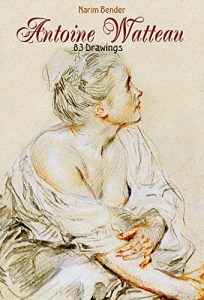One of the most brilliant and original artists of the eighteenth century, Antoine Watteau had an impact on the development of Rococo art in France and throughout Europe lasting well beyond his lifetime. Living only thirty-six years, and plagued by frequent illness, Watteau nonetheless rose from an obscure provincial background to achieve fame in the French capital during the Regency of the duc d'Orléans. Watteau clearly had a genuine love of music. His drawings of those playing and listening offer uncanny portraits of the way it can heighten emotions. Equally, the play of light he orchestrates on fine fabrics, on children’s skin or on various elements of his landscapes, provides a startling anticipation of the Impressionists. He is the inventor of la fête galante, a genre that shows the bourgeoisie at play outdoors. It was an update of the classic format which portrayed mythical beings in pastoral settings. For, rather than selling to royals or aristocrats, Watteau’s art was purchased by rich bankers and tradesmen. His solution was to forge a style they could accept. He replaced traditional nymphs and shepherds with posh Parisians – shown at play not in some mythic Arcardia, but in their own contemporary parks and gardens. He personalized the scenes with figures from two ‘outside’ worlds, those of the theater and of music. Many of the models for such protagonists were Watteau’s own friends: Parisian actors and musicians he often drew. His drawing ability remains spectacular. But even more startling is his modernity.
This site is safe
You are at a security, SSL-enabled, site. All our eBooks sources are constantly verified.






